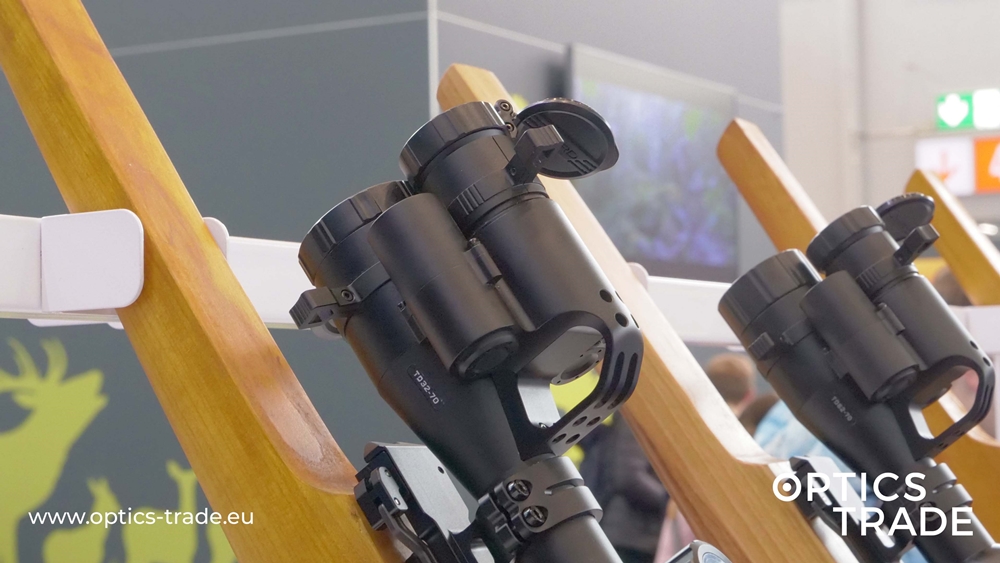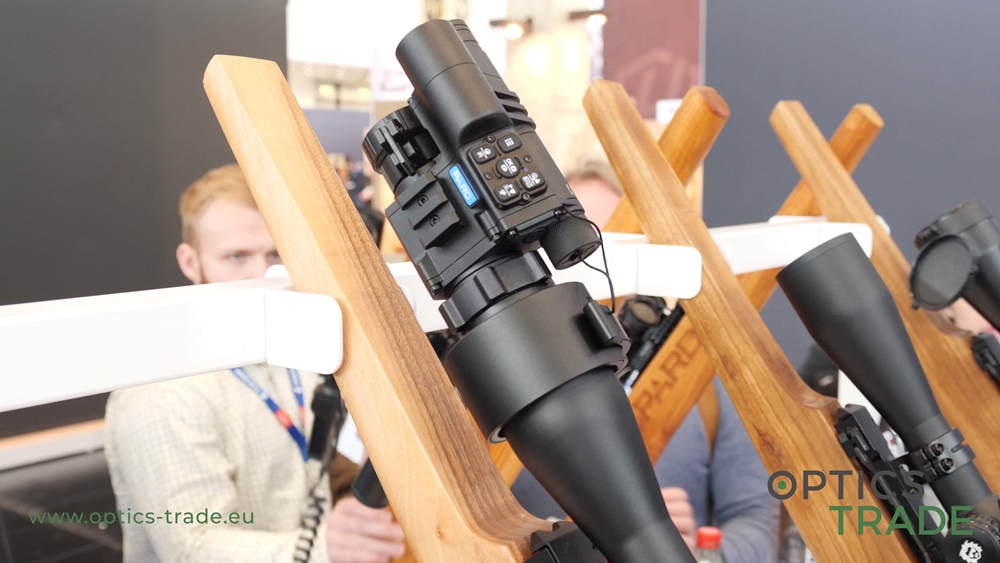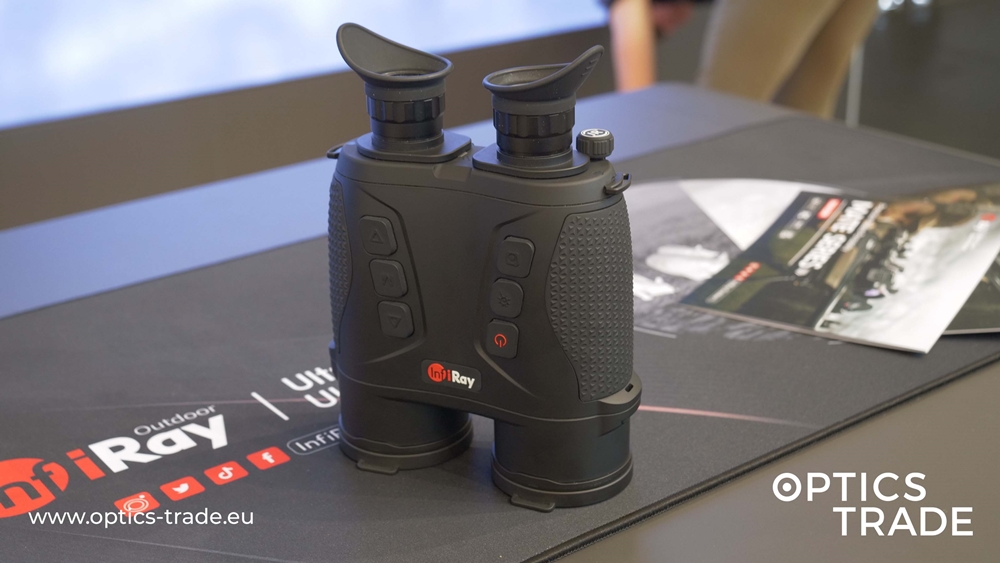Hello and welcome to another episode of Optics Trade Debates. Today we’re here to talk in length about digital night vision monoculars or scopes, a category of NV optical devices that is available on our webpage. Let’s dive in.
First, let’s explain the difference between analog and digital night vision monoculars.
Analog NV devices’ basic optical construction consists of objective lens, the image-intensifying tube and the eyepiece lens. That means that the analog image enters through the objective lens, is amplified and becomes brighter, then exits through the ocular lens into the user’s eyes.
Digital night vision uses a different principle. Here, a NV monocular features objective lens, a sensor, plenty of software, display and the eyepiece lens. These devices essentially operate as a camera. Since these devices are physically so similar, sometimes the REC button is the only clue that the NV device in our hands is digital.
Beyond the technologies employed, there are also quite a few differences in use. Almost all digital NV monoculars can be also used during the day. The user can also uncover the front lens and expose them to bright sunlight without any damage. Compare that to analog devices, where exposure to direct light can severely damage the photocathode.
They also last much longer than analog counterparts since they do not require a photocathode that needs periodic replacement since it wears out with time. But the resolution capabilities of digital night vision monoculars still lag behind the analog variants.
Of course, due to their dual nature, they cannot offer the same resolution as classic, daytime-only monoculars. The user can see pixels.
In addition to that, they consume more energy and need bigger batteries. The battery drain is definitely one of the main disadvantages of digital NV binoculars. What is more, that added battery weight makes them heavier than analog variants.
Most digital night vision monoculars have an integrated infrared illuminator, just like the analog versions. The difference is in the wavelength of the emitted light. Here, the digital NV monoculars have an advantage over analog ones since the wavelength the light emitted is much higher and less noticeable. If it’s about 900 nanometres, it is completely invisible to animals.
With analog monoculars, the wavelength has to be around 850 nanometres or even lower in the case of Generation 1 devices like Pulsar NV Scope Challenger GS 4.5×60 (about 800 nms). That means that the animals are able to see the beam, emitted by the IR illuminator.
Most of these devices have a some sort of attachment point for an additional IR illuminator. External IR illuminators can be used to extend the range and provide a better optical. performance. The image quality will improve since a bigger quantity of light is emitted, then reflected back into the NV monocular.
Shape-wise, the popular Yukon NV Monocular Ranger RT 6.5×42 is an interesting model. Although it has the same external structure as binoculars, only one of the 2 tubes is the objective lens, while the other contains flashlight with a sensor behind it.
The basic features like magnification power and lens size don’t differ much from digital to analog NV monoculars. However, we predict that lens sizes will shrink in the future as the sensors improve with technological advancement over time and will no longer require the current amount of light. As far as the magnification is concerned, the average magnification power span is somewhere between 2x and 8x.
Digital NV optics, in general, are more affordable than analog ones and these monoculars are no exception.
One of the biggest advantages of digital NV monoculars is that the user is able to take photos and film videos. This feature will only become more and more sought-after since we live in the era of social media. Plenty of hunters and other users of NV devices wish to share their outdoor adventures with a greater audience.
Digital NV monoculars are definitely on the rise. In 15 or 20 years, most major manufacturers of night vision devices will abandon the production of analog NV devices in favour of digital ones.
These devices have a wide scope of application. They can be used in hunting, surveillance, rescue services and in professional use.
This is everything we had in mind for this debate. Thank you for your attention. Please like and share this video if you found it useful. If you have any remaining questions, feel free to send us an email or leave a comment in the section below. We love to help. Subscribe to our YouTube channel for more content. See you next time!
Products mentioned:
NV monoculars





Great information about digital monoculars. Thanks keep sharing such amazing information.